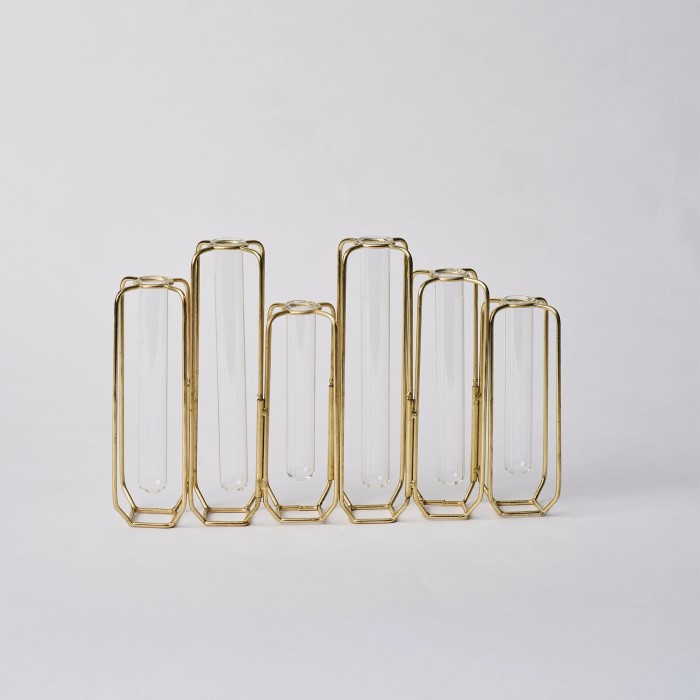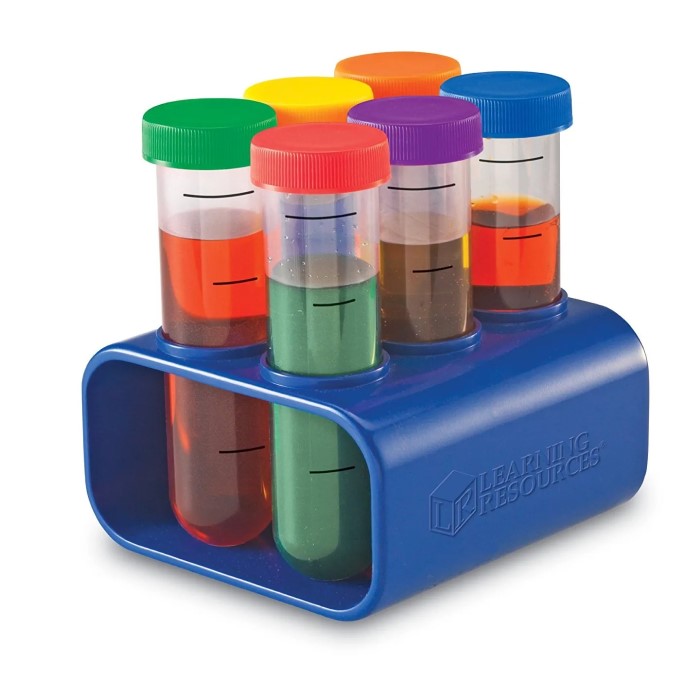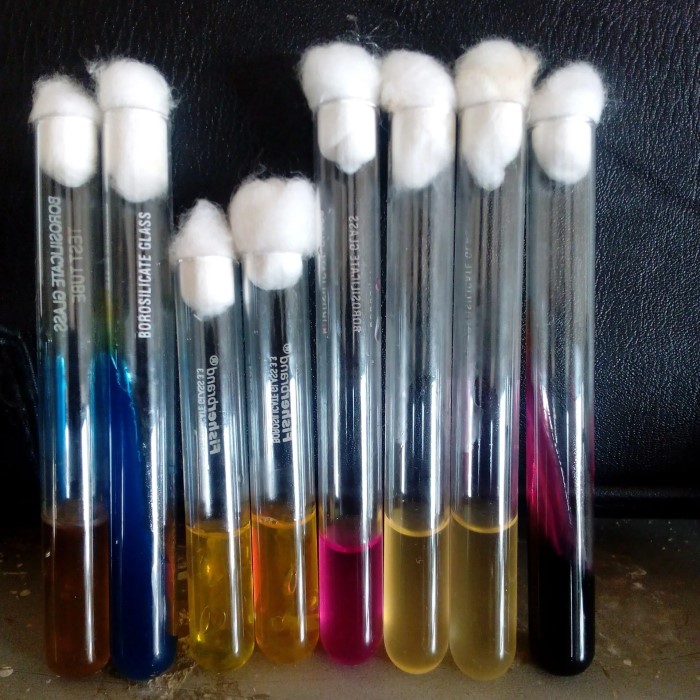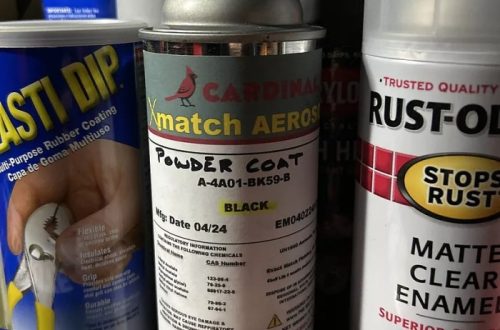What is a Test Tube?
A test tube is a small, cylindrical lab container. It is widely used across scientific fields for mixing, holding, and heating substances during experiments.
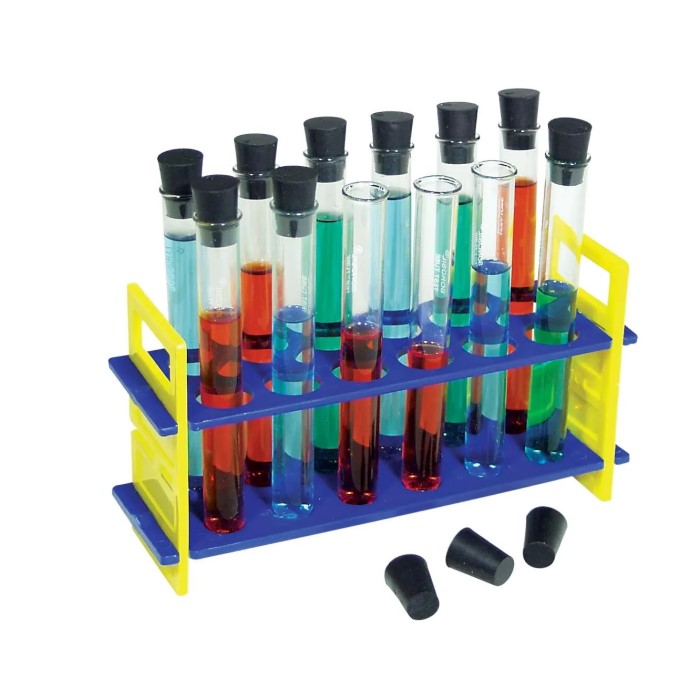
Definition and Characteristics
Test tubes are slender and typically open at one end, with a rounded bottom. They come in varied sizes to suit different needs. These tubes are heat-resistant, making them ideal for heating substances safely. Their design ensures easy handling during experiments.
Common Materials Used for Test Tubes
Test tubes are commonly made from glass or plastic. Glass test tubes are preferred for experiments requiring high temperatures due to their heat resistance and clear visibility. Borosilicate glass is a popular choice because it resists chemical reactions. Plastic test tubes are lightweight and affordable, best for simple tasks that do not involve extreme heat. Both materials are durable and reliable for laboratory applications.
Types of Test Tubes
Test tubes come in different types to suit various experimental needs. These differences are primarily based on material, size, and specialized functions.
Glass vs. Plastic Test Tubes
Glass test tubes are highly durable and heat-resistant. They are ideal for experiments involving high temperatures or chemical reactions. Borosilicate glass is a common choice as it resists chemical interactions and thermal shock, offering clarity and reliability during observation.
Plastic test tubes are lightweight and cost-effective. They are best used for tasks that involve storing or mixing substances at lower temperatures. Plastic tubes are less suitable for experiments involving heat or strong chemicals but are excellent for simple applications.
Choosing between glass and plastic test tubes depends on the specific requirements of your experiment. Each material offers distinct advantages that make it useful in particular contexts.
Specialized Test Tubes for Specific Applications
Some test tubes are designed for specialized purposes. For example:
Centrifuge Tubes:
Centrifuge tubes are specifically designed with a tapered shape at one end, which facilitates efficient spinning of samples.
This tapered design allows for better alignment within the centrifuge rotor, ensuring that the forces applied during spinning are evenly distributed.
They come in various sizes and materials, often made of plastic or glass, which can withstand the high rotational speeds encountered during centrifugation.
Centrifuge tubes are used in a variety of scientific fields, including biology, chemistry, and medicine, to separate substances based on density.
Culture Tubes:
Culture tubes are particularly well-suited for growing various types of microorganisms, including bacteria, fungi, and cells.
These tubes are designed to provide a controlled environment that promotes the growth and proliferation of biological specimens, making them essential for research and diagnostics.
The materials used in culture tubes are often transparent or translucent, allowing researchers to easily observe the growth and any changes in the culture over time.
Vacuum-Sealed Tubes:
Vacuum-sealed tubes are engineered to preserve the integrity of samples by creating a vacuum environment that removes air from the interior of the tube.
This removal of air helps to prevent oxidation and microbial contamination that could lead to sample degradation or alteration.
These tubes are particularly important for long-term storage of sensitive samples, such as biological specimens, chemicals, or pharmaceuticals, where preservation is critical.
The vacuum-sealed design also enhances the stability of temperature-sensitive materials, ensuring that samples maintain their quality for extended periods.
These specialized designs provide tailored solutions for advanced scientific work, enhancing precision and functionality in specific experiments. Selecting the right type minimizes errors and supports better results.
Common Uses of Test Tubes
Test tubes are valuable tools in various scientific applications. Their design makes them versatile and essential for many tasks. Below are the primary uses of test tubes in laboratories and scientific research.
Laboratory Experiments and Research
Test tubes are widely used for conducting experiments. Scientists use them to mix, heat, and observe substances safely. Their cylindrical shape and heat resistance make them perfect for holding liquids during research. Test tubes are also great for studying chemical reactions in controlled environments. Researchers rely on them for experiments in biology, chemistry, and physics.
Chemical Reactions and Mixing
Test tubes play a key role in chemical reactions. Scientists mix substances in them to observe physical or chemical changes. The transparent material of test tubes allows clear visibility during reactions. Heating or cooling substances in test tubes is also common in chemistry labs. This helps accelerate or control chemical reactions with precision.
Storage and Preservation of Samples
Test tubes are ideal for storing small liquid or solid samples. Their compact size makes them space-efficient in labs. Vacuum-sealed test tubes preserve samples by preventing contamination or degradation. Scientists also use test tubes to hold biological samples like cells or microbes for studies. Proper caps or closures ensure safe and long-term sample storage.
Test tubes are indispensable for scientific work. Their uses range from basic experiments to advanced research methods, supporting numerous scientific disciplines.
Benefits of Using Test Tubes in Experiments
Test tubes provide numerous advantages that enhance efficiency and accuracy in scientific research. Their design and features make them indispensable in laboratories.
Precision and Accuracy in Handling Small Volumes
Test tubes are perfect for precise measurements of small liquid or solid samples. Their slender shape and clear material ensure accurate observation during experiments. Scientists can mix substances accurately without spillage. Heating or cooling reactions is easy, supporting controlled experiments. This precision reduces errors in sensitive tasks.
Versatility Across Various Scientific Disciplines
Test tubes are versatile tools used across biology, chemistry, and physics. In biology, they store and cultivate cells or microbes. Chemists use them to observe reactions and prepare compounds. Physicists study substances under specific physical conditions. Their adaptability makes them essential for different scientific experiments and techniques.
Cost-effectiveness and Reusability
Test tubes are affordable and reusable. Glass test tubes, in particular, are durable and withstand repeated use. After proper cleaning, they can serve multiple purposes, saving costs. Plastic test tubes, though disposable, are lightweight and economical for simple tasks. This cost-effectiveness benefits laboratories with tight budgets.
Test tubes combine precision, versatility, and affordability to support efficient scientific work. Their diverse applications make them vital tools for researchers and students alike.
Maintenance and Care of Test Tubes
Proper maintenance of test tubes is vital for accurate experiments and long-lasting equipment. Following correct steps ensures safety, cleanliness, and reliability in scientific work. Below are valuable guidelines for cleaning, sterilizing, and storing test tubes effectively.
Cleaning and Sterilization Methods
- Rinse Immediately After Use: Rinse test tubes with water to prevent residue buildup. This makes cleaning easier later.
- Use Appropriate Cleaning Agents: For glass tubes, use mild detergents and brushes to scrub interiors thoroughly. For plastic tubes, use non-abrasive cleaners to avoid scratches.
- Avoid Harsh Chemicals: Avoid using strong acids or bases unless necessary. Excessive use can damage the material.
- Sterilize to Prevent Contamination: Sterilize glass test tubes using autoclaves or dry heat sterilizers. Use chemical disinfectants for plastic tubes, as they are sensitive to high heat.
- Ensure Complete Drying: After cleaning or sterilizing, allow test tubes to dry completely. This prevents contamination or unwanted reactions.
- Inspect for Damage: Check test tubes for cracks, scratches, or residue. Discard damaged ones to avoid accidents.
Proper Storage Guidelines
- Use Test Tube Racks: Store test tubes in racks that keep them upright and organized, preventing accidental breaks.
- Segregate by Material and Purpose: Separate glass and plastic test tubes. Store different types based on their intended uses.
- Label and Cap Properly: Use caps or stoppers to prevent contamination or spillage. Label stored samples clearly.
- Avoid Overcrowding: Do not stack test tubes tightly. Overcrowding increases the risk of breakage during handling.
- Keep in a Clean Environment: Store test tubes in dust-free and moisture-free conditions to maintain cleanliness.
- Control Temperature and Light Exposure: Protect stored test tubes from direct sunlight and extreme temperatures to ensure longevity.
By following these maintenance and care tips, you can maximize the lifespan and performance of test tubes. Proper attention reduces waste and enhances laboratory safety, supporting better scientific outcomes.
Innovations and Advancements in Test Tube Design
Test tube design has evolved significantly in recent years. Researchers and manufacturers have introduced modern features to meet diverse scientific demands. These innovations aim to improve efficiency, precision, and safety in laboratories.
Modern Features and Enhancements
- Heat-Resistant Coatings:Modern test tubes now have advanced heat-resistant coatings. These allow safer handling during high-temperature experiments.
- Improved Durability:Enhanced materials like reinforced borosilicate glass ensure greater resistance to breakage and chemical reactions.
- Graduated Markings:Many test tubes now feature graduated scales. These markings enable precise measurement of liquids.
- Specialized Caps and Closures:Test tubes with tight-sealing caps prevent spills and contamination. This ensures secure sample storage.
- Eco-Friendly Designs:Manufacturers are creating test tubes with biodegradable or recyclable materials. These reduce environmental impact.
- Ergonomic Shapes:New designs focus on ergonomic shapes for easy handling and reduced risk of accidents.
The Role of Test Tubes in Emerging Scientific Techniques
Test tubes play a vital role in cutting-edge scientific advancements. Modern techniques require tools with precise functionality and adaptability.
- PCR and DNA Analysis:In biology, test tubes are essential for polymerase chain reaction (PCR) and DNA sequencing experiments.
- Microfluidics:Test tubes support microfluidic technologies, which involve manipulating tiny amounts of fluids with precision.
- Advanced Sample Preservation:Vacuum-sealed test tubes help store samples for extended periods without contamination or degradation.
- Nanotechnology Research:Scientists use test tubes to study properties of nanomaterials under controlled conditions.
- High-Throughput Screening:Specialized test tubes assist in testing large sets of chemical compounds efficiently in drug development.
By incorporating these modern features and participating in advanced techniques, test tubes continue to adapt. Their evolving design supports groundbreaking research and expands possibilities for scientific innovation.
Environmental Impacts of Test Tube Usage
The usage of test tubes in laboratories impacts the environment. Managing waste and adopting eco-friendly practices is crucial.
Recycling and Disposal Considerations
- Correct Waste Segregation: Separate glass and plastic test tubes for proper disposal. This prevents contamination of recyclables.
- Adopt Recycling Processes: Glass test tubes can be recycled for reuse. Plastic test tubes must be processed in specialized facilities.
- Avoid Hazardous Disposal: Test tubes exposed to chemicals should not enter regular waste streams. They require careful handling.
- Use Disposal Programs: Many labs partner with disposal services. These ensure safe handling of lab waste.
- Educate Laboratory Staff: Train staff on waste segregation and recyclable materials. Awareness leads to improved practices.
- Limit Single-use Plastics: Reduce reliance on disposable plastic test tubes. Encourage alternatives for long-term sustainability.
Proper recycling and disposal reduce environmental harm while promoting responsible lab practices.
Green Alternatives in Laboratory Equipment
Biodegradable Test Tubes
- Utilize test tubes created from biodegradable materials that naturally decompose over time.
- These materials break down without releasing harmful substances into the environment, preserving natural habitats.
- Implementing biodegradable test tubes can significantly reduce plastic waste in laboratories, contributing to overall sustainability goals.
Recyclable Components
- Opt for test tubes designed with integrated parts that can be easily recycled.
- When the test tubes reach the end of their useful life, their recyclable components can be processed.
High-quality Reusables
- Invest in durable glass test tubes that are built to withstand repeated use and cleaning cycles.
- Glass test tubes offer longevity and reliability, making them a cost-effective choice for laboratories in the long term.
- By using reusable glass test tubes, labs can significantly reduce their reliance on single-use plastics and lessen their environmental impact.
Eco-friendly Designs
- Select test tubes that are manufactured through sustainable processes.
- Look for products packaged in recyclable materials to further enhance the eco-friendly nature of your laboratory supplies.
- Prioritizing eco-friendly designs helps support manufacturers committed to sustainability and environmental responsibility.
Renewable Materials
- Explore the newest innovations in laboratory supplies, including test tubes made from renewable resources such as bioplastics or plant-based fibers.
- These materials are often sourced from sustainable agriculture and are designed to minimize environmental impact.
- Utilizing renewable materials can help laboratories reduce their dependence on fossil fuels and non-renewable resources.
Energy-efficient Production
- Support brands that prioritize energy-efficient manufacturing processes in the production of laboratory supplies.
- Energy-efficient production methods not only lower operational costs for manufacturers but also substantially reduce their carbon footprints.
- By choosing products made by environmentally-conscious brands, laboratories can play a part in combating climate change and promoting sustainable practices.
Green alternatives help laboratories reduce waste and adopt sustainable practices effectively.
Conclusion: Mastering the Art of Test Tube Usage
In conclusion, grasping the diverse test tube uses and benefits can significantly improve your laboratory skills. From their fundamental applications to innovations in design, test tubes play a crucial role in various scientific fields. By prioritizing safety and harnessing the educational potential of test tubes, you can conduct experiments more effectively and safely.
Whether you’re a student eager to learn or a professional looking to enhance your research methods, mastering the use of test tubes sets the foundation for successful laboratory practices. Recognizing their significance empowers you to explore and innovate in the captivating world of science.

